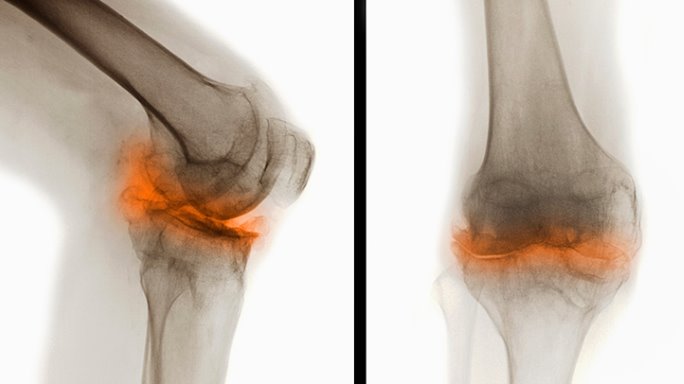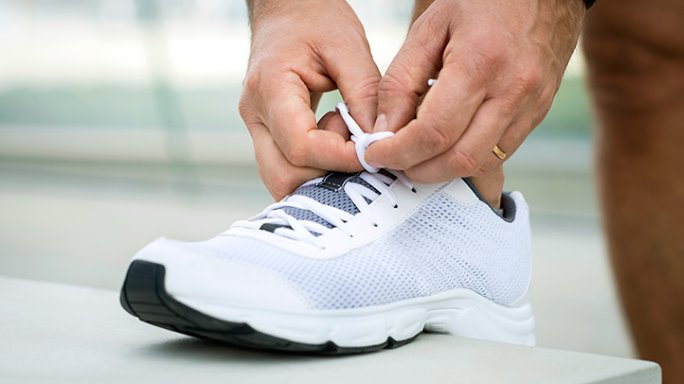Here's the deal, we all know that exercise should be a regular part of our…

10 Reasons to Go for a Walk Right Now
Studies show that relieving pain, shedding weight, and slashing disease risk might be as simple as going for a walk.
Here’s how to go for a walk a fun activity
Step Up Your Health With a Walking Routine
On an average day, 30 percent of American adults walk for exercise and with good reason. Walking doesn’t require special equipment or athletic skills, yet it offers a host of health benefits — from helping you lose weight and lifting your mood to controlling diabetes and lowering your blood pressure. In fact, a study published in the journal PLoS Medicine showed that adding 150 minutes of brisk walking to your routine each week can add 3.4 years to your lifespan.
Here are 10 surprising ways to use going for a walk to boost your health, along with tips to make starting and sticking to a walking routine more fun.
1. Walk to Manage Your Weight
Avoiding weight gain might be as simple as taking a walk. Researchers at Harvard University and Brigham and Women’s Hospital in Boston followed more than 34,000 normal-weight women for more than 13 years. They found that, over time, the women who ate a standard diet and walked for an hour a day (or did some other similar moderate-activity exercise) were able to successfully maintain their weight.
Fun fitness tip: Buddy up for fitness — walk with a friend, neighbor, or a four-legged pal. A study published in the Journal of Physical Activity & Health found that dog-owners walked more each week and were more likely to reach the recommended levels of physical activity than those who do not own dogs.
2. Walk to Get Blood Pressure in Line
A heart-pumping walking routine can help lower your blood pressure, studies show. A study conducted at Lawrence Berkeley National Laboratory found that moderate-intensity walking was just as effective as jogging at lowering risk of high blood pressure.
Fun fitness tip: Can’t find a full 30 minutes to walk? Spread it out throughout your day — 10 minutes here and 10 minutes there will add up if you stick with it. According to the Center for Disease Control and Prevention, breaking your workout into several shorter workouts throughout the day is just as effective as one longer workout session, while also making it easier to fit exercise into your schedule.
3. Walk to Protect Against Dementia
Walking, which improves cerebral blood flow and lowers the risk of vascular disease, may help you stave off dementia, the cognitive loss that often comes with old age. According to the 2014 World Alzheimer’s Report, regular exercise is one of the best ways to combat the onset and advancement of the disease. In addition, researchers at the University of Pittsburgh conducted brain scans on seniors and found that walking at least six miles a week was linked to less brain shrinkage.
Fun fitness tip: Download upbeat music you love to listen to on your iPod, and take it with you while you walk. An analysis conducted by the American Council on Exercise found that music not only makes exercise more enjoyable, but it can also boost endurance and intensity.
4. Walk to Prevent Osteoarthritis
Walking is a great form of weight-bearing exercise, which helps prevent the bone-thinning condition osteoporosis, as well as osteoarthritis, the degenerative disease that causes joint pain, swelling, and stiffness. Researchers from the University of California, San Francisco, found that people who participated in moderate aerobic activities such as walking have the healthiest knees because walking can help maintain healthy cartilage.
Fun fitness tip: Reward yourself. After you stick to your new walking routine for a few weeks, treat yourself to a new pair of shoes, a manicure, or something else that will keep you motivated.
5. Walk to Reduce Cancer Risk
Walking may reduce your chances of developing some cancers. Research published in Cancer Epidemiology, Biomarkers & Prevention found that women who walked at least seven hours per week were 14 percent less likely to develop breast cancer. Similarly, a study conducted by scientists at the University of California, San Francisco, and Harvard University, found that men who were treated for prostate cancer and who walked briskly at least three hours a week reduced their chances of a recurrence.
Fun fitness tip: Explore. Try a new route around the neighborhood, pick a different trail at the park, or go walking in a new location altogether to keep it interesting.
6. Walk to Prevent or Control Diabetes
Brisk walking can help prevent and manage diabetes. “A 20- to 30-minute walk can help lower blood sugar for 24 hours,” says Tami Ross, RD, LD, a spokesperson for the American Association of Diabetes Educators. Plus, The Diabetes Prevention Program, a major government study, found that even a small weight loss — for example, 10 to 15 pounds for a 200-pound person — can delay and possibly prevent the onset of the disease. Adding a brisk walk to your daily routine is one of the easiest ways to reach and maintain a healthy weight.
Fun fitness tip: Dress for the occasion. A good pair of walking shoes and comfortable contouring pants that are easy to move in are essential for a successful workout.
7. Walk to Lower Your Heart Disease Risk
Walking may help lower your cholesterol and, in turn, your risk for heart disease. According to the American Heart Association, walking just 30 minutes per day can lower your risk for heart disease and stroke. And since regular walking can keep cholesterol and blood pressure in check, it is a great way to boost your overall heart health.
Fun fitness tip: Challenge yourself to walk more steps every day, and make fitness more fun, by using a pedometer or other fitness tracking device to chart your progress. You can set new step goals each week and even join challenges with friends and family to motivate yourself to get moving.
8. Walk to Improve Your Mood
A brisk walk can boost your mood and may even help you treat depression. A Portuguese study published in the Journal of Psychiatric Research found that depressed adults who walked for 30 to 45 minutes five times a week for 12 weeks showed marked improvements in their symptoms when medication alone did not help.
Fun fitness tip: Get outdoors! When the weather permits, take your walk outside, for a dose of vitamin D and an even bigger mood boost. Research published in the journal Ecopsychology revealed that group walks in nature were associated with significantly lower depression and perceived stress, as well as enhanced mental well-being.
9. Walk to Reduce Pain
It might seem counter intuitive, but to reduce pain from arthritis, start moving. Research shows that walking one hour per day can help reduce arthritis pain and prevent disability. The study, published in Arthritis Care & Research, determined that 6,000 steps was the threshold that predicted who would go on to develop disabilities or not. Plus, a recent study found that walking significantly improved mobility loss among patients with peripheral artery disease (PAD), a condition where clogged arteries in the legs can cause pain and fatigue while walking.
Fun fitness tip: Add some healthy competition to your walk. As you move down the sidewalk or trail, imagine the people in front of you are rungs on a ladder. Then, focus on walking fast enough to overtake them one by one.
10. Walk to Reduce Stroke Risk
A large, long-term study reported in Stroke, a journal of the American Heart Association, found that women who walked at a brisk pace for exercise had a much lower chance of having a stroke than those who didn’t walk. Researchers credit this to walking’s ability to help lower high blood pressure, which is a strong risk factor for stroke.
Fun fitness tip: Join or start a regular walking club with friends or coworkers, and make fun fitness plans for your outings. Recent research published in the British Journal of Sports and Medicine found that participants were enthusiastic, less tense, and generally more relaxed after regular, organized walking groups.














